
I’ll be honest: I went into my interview with LET ME IN writer/director Matt Reeves a little skeptical about his remake of LET THE RIGHT ONE IN. Remakes are always a tough gambit, especially when the film you’re remaking is universally beloved. But over a 20-minute chat, Reeves’ enthusiasm, passion and vision swayed me. The glass is officially half full.
To his credit, Reeves completely understands why fans are cynical of an “Americanization” of LET THE RIGHT ONE IN but I don’t think there could be a better cheerleader/salesman for this version than Reeves himself. He’s spent a lot of time developing this movie and all that comes through when you speak to the guy. He’s got an incredible cast, a wonderful story and so far it looks like all the pieces are falling together for a remake that’s just as good as the original. Take a listen for yourself to see what he has to say.
Matt Reeves
So you filmed this movie in New Mexico?
Yup we filmed in New Mexico. We set the film in Los Alamos and we also shot in Albuquerque. Basically all over New Mexico.
I had originally heard Colorado, which seems more in keeping with the original movie.
Well it is and it isn’t. It’s funny because when I wrote the adaptation, I set it in Colorado. When we were looking, someone suggested I take a look at New Mexico. My first thought was, “New Mexico?? It’s a desert, there’s no snow…” Then, of course, I saw at the high elevations, there is snow. Los Alamos, in particular, is at a really high elevation and it’s snowy. It’s kinda cool because it’s this desert landscape but with snow. It’s really neat. When I was first doing it, [CLOVERFIELD writer] Drew Goddard was saying to me, “Oh I went to college in Colorado, that’s a great place to set it.” Then when this New Mexico thing came up, I went and looked on the internet just to see what the topography looked like. Because I loved the idea of Los Alamos just because of the history of that place. And the idea of trying to take the story and put it in an American context. In the Swedish story it’s set in this place called Blackburg, which is a planned community. It’s like their version of Spielbergia. The thing about it is, I wanted it set in a Spielbergian place in that it would be sort of a planned community.
So I looked it up and saw “Los Alamos Famous Alums” and it said Drew Goddard. I called up Drew and said, “You went to college in Colorado but you’re from Los Alamos? What about that?” And he said, “Oh my God, that would be perfect. That feels like my childhood.” I just wanted to find a place that would feel authentic for where a story like this could happen. From the beginning, when I first started talking about it to some people, I mentioned how I wanted to put the story in an American context to sort of honor the story but find a way to tell that tale in an American way. I used the word “Americanization” and that’s been picked up as if what we’re doing is taking the movie and making it big and stupid. Taking everything that’s cool about it and getting rid of it. Really what I was talking about was detail. Setting it in a world that’s an American world. The Blackburg story from the Swedish book and from the movie is a 1980s planned community and the perfect example of the translation I’m talking about is the first chapter.
Have you read the book?
Oh yeah, I love it.
Great! So you remember the first chapter has the whole thing where he talks about Blackburg which is where Lindquist grew up. And he’s talking about how it was this planned community and how they built this community and you could imagine all the residents moving in on the same day. It’s a great image but what he says that totally captivates you is, “and there wasn’t a single church in this entire community, which is probably why they were so unprepared for what was about to happen.” It so hooks you in and you have to keep reading the story. It’s brilliant. But it also perfectly described the context. These Swedish communities. That’s not an American telling of the story though. If you were to take it and translate it, you’d have some of those same communities but they’re not necessarily godless. So to me the idea was well that story was set in the Swedish 1980s. So what were the 80s like in America? It was Reagan America. The Evil Empire. It’s being told that there is evil everywhere else but there isn’t evil within us because we are good, God-fearing people.
I thought there was something so beautiful about being a 12-year-old growing up during that. What strikes me about this story is what a wonderful coming-of-age story it is. It uses the vampire story to explore very real feelings of being a pre-adolescent moving into adolescent who is an outcast. Someone who is brutally bullied day after day. Whose family is being torn apart by divorce. The difficulty that most people can relate to.
In an American context that can be very interesting. Growing up to be that age and to be having those dark feelings. Fantasizing about revenge. Things that are later going to be able to be played out. [Abby] is in a way a manifestation of his rage. She can do all the things that he’s fantasizing about. But to have those feelings and know that they’re totally unacceptable, that to me was very interesting. The Americanization was really just a way to say that this is true anywhere but in this particular world, what would that be? It would have to do with growing up in that context. Having those feelings, knowing they’re not acceptable, having them nonetheless, feeling lonely, feeling bullied and growing up in that time and place. So Los Alamos and its time and history ended up being a really good place to set that. That’s how we ended up there.
There are some people who are saying, “Oh, Los Alamos, no snow!” It’s a very snowy area and it has that aspect of it. But hopefully in it’s own unique way. It’s a pretty unique place; pretty cool.

If the setting is a big part of your “Americanization,” I’d imagine the time period is to. Did you decide to keep the film set in the 80s?
The film is set in the 80s. There’s something about that that captivates you in the novel. Of course, it’s because Lindquist is talking about his childhood so he’s talking about it in this way that it’s set very vividly in that time but it’s also strangely reminiscent and that makes it haunting. I was very drawn to the idea of keeping it in the 80s. In the same way that the first chapter sets up something mythic, it’s kind of like saying, “Once upon a time, in a real place.” It’s that justification of having something mythic in a real context that is really interesting to me. I wanted to keep that. That’s one of the things that was so great about the story.
You mentioned some of the criticism of the Americanization of this beloved story. Was there any time during pre-production or your development of this movie that you ever considered just letting it go?
First of all, I have to say that I totally understand why everyone feels that way. The film is brilliant, the book is brilliant and I also, if I were on the outside, assume that the most cynical thing is happening. Especially when you start hearing Americanization. “Oh they’re making it dumber, they’re gonna strip out all the interesting stuff and put in explosions.” These are all things we’ve tried very, very hard not to do. When I first got involved, I had just finished CLOVERFIELD and [LET THE RIGHT ONE IN] hadn’t come out yet. I didn’t know anything about it. In retrospect, it makes total sense because it’s an absolutely brilliant film, that there would be the passionate response that there is. I totally get it.
One of the things that happened was, I was shown the film and I was trying to figure out what I wanted to do next. There were some things I was interested in and someone said, “You should take a look at this because we’re pursuing the rights.” They didn’t even have the rights yet. “It’s a brilliant story and you might want to take the kids and make them older, but watch the film and see what you think of it.” So I watch the movie and I was blown away.
Had you read the book at this point?
I hadn’t read the book yet. I just watched the movie and I thought, “This is an amazing story.” The movie I had been trying to get made, that I’m hoping to get made very soon after this, is this movie called THE INVISIBLE WOMAN. That actually grew out of something from when JJ [Abrams] and I were doing “Felicity.” We both had deals where we had to right other projects and pilots. And JJ’s first pilot that he wrote, at the same time I was writing a pilot that I’m talking about, was “Alias” and we know what happened to that. I wrote a pilot that was a dark coming-of-age story, sort of about growing up in divorce. About this 11-year-old kid who lives in this apartment complex in suburbia and there’s this girl next door and they have these halting encounters in the courtyard of the building. There’s the spectre of divorce over everything.

Sounds familiar.
Yeah! I’m watching the movie and these scenes were just blowing me away. Then it turns out to be this vampire tale. One of the great things about genre films is that they can, if the author wants to, be exploring real things through the genre. The genre stories that get me excited the most are ones that use the genre to explore something that is real and relatable. Lindquist had so wonderfully done that with this story. To be able to explore the pain of his adolescence through that story was such a masterstroke. I went back to the person who showed me the film and I said, “I have to tell you two things: 1. If you make those kids older, you ruin this story. It’s what this story is about and if you do that, you destroy the film. 2. I’m not sure you should remake this film. It’s just lovely.” Then I was given the book and I read the book. It goes deeper into Oskar’s story and I was so affected by it. Because of my personal reaction to it, it kept haunting me.
I actually wrote to Lindquist and I said, “I’m so interested in this story and I wanted to write to you because I think you’ve created such a beautiful story. I wanted to let you know that what interests me about it is not just that it’s a terrific vampire story but that it’s so affected me personally. The idea of being bullied and growing up in a family of divorce is so vivid in the story you told. That is really what gets me.” He wrote back and said he was a big fan of CLOVERFIELD, which was really exciting. What he liked about it was that it took and old tried and true story – the great monster movie – and did it in a fresh way. That’s what he was trying to do with LET THE RIGHT ONE IN. He said, “I’m much more excited to find out that you are responding in this personal way because this is my autobiography.” And that makes total sense. He said that he had grown up in Blackburg and the people who hang out in that Chinese restaurant, they’re all reflective in some way of people he knew. The story, despite the fantastical elements of it, basically is utterly true. I got so drawn to it that I just couldn’t let it go.
Of course, I write the script and go through all these processes and then the movie comes out. And the movie is getting justifiably rave reviews. And it deserves it. Then I saw the reaction and I totally got it. The only thing I could hold on to was the desire has always been to honor that story and not to try and bastardize it. To find the way to tell our version of the story but that it’s true in essence to that story. I totally understand why people have that response and I would have the same thing and I’ve tried as much as possible to honor what it is. People will just have to see the movie. The good thing is that the other film will always exist. Nothing changes that. The book will always exist. And I hope that people will respond to this version as well.

I don’t want to digress too far off of LET ME IN, but in mentioning CLOVERFIELD and its response, how are things progressing on the sequel? Is that something you’ll produce but not direct?
We’ve talked about it and the thing I always say is… JJ is amazing in that he has a laser focus but is also able to multitask. I’m like a tunnel vision person and when I get into something I have to immerse myself completely. He does that but he’s also able to do 60 things at once, which is why he’s the way he is. He can do a show, then a movie that’s this personal movie…all these things at once. Based on that, there’s always an ebb and flow to the development of something. He is doing THIS or THAT now and the fact that I’m doing this now and we just started editing and he’s starting to make a very personal project that’s coming and he’s just starting to work on that and he just did a pilot.
But there are things that we’re talking about so there’s an ebb and flow. It comes and goes and the way in which I’ve been involved in the film…it just hasn’t hit a solid form yet. It’s up in the air but also percolating. There’s all kinds of approaches that have come up, some that are very, very different.
Well thanks for your time, you’ve really done a lot to sell me on your vision of LET ME IN.
Yeah I really hope that people will give us a chance, but really, I do get it. I hope that when people saw we were casting Kodi [Smit-McPhee] and Chloe [Moritz]…
That to me was the first sign that things were going to be OK. I thought the casting was spot on.
When I brought in the Director of Photography because I wanted to find a very naturalistic way to do this. What makes this scary is that you treat it as if it’s utterly real and utterly natural. Yet there’s a beauty to it. Our DP, Greg Frasier, just worked with Jane Campion on BRIGHT STAR and he’s a brilliant young guy. I said to him, “Have you seen the original?” And he hadn’t. And that’s one of the things that I wanted. I didn’t want anyone who hadn’t seen it to do it. I wanted us to be able to organically find our own way of doing the story. I asked the actors the same thing. I asked Kodi and Chloe, “Please don’t watch the movie.” I don’t want you to ape anything. Let’s try and find our way through this same story. We tried to honor it. It’s not a shot-for-shot remake but it’s trying to honor what this story is and hopefully people will respond.


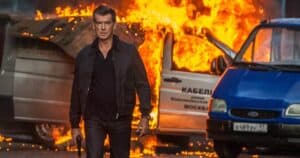
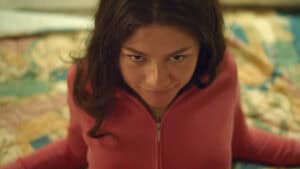
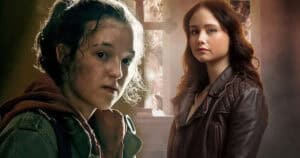

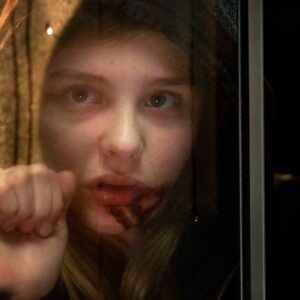
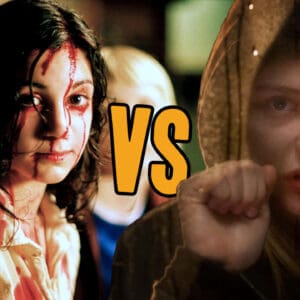
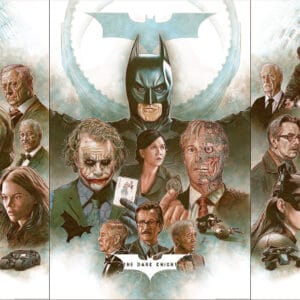

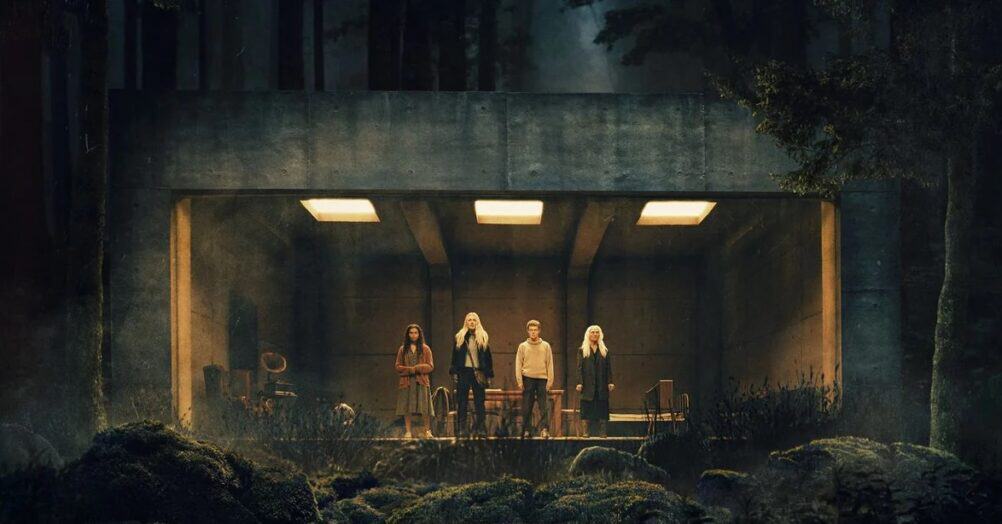
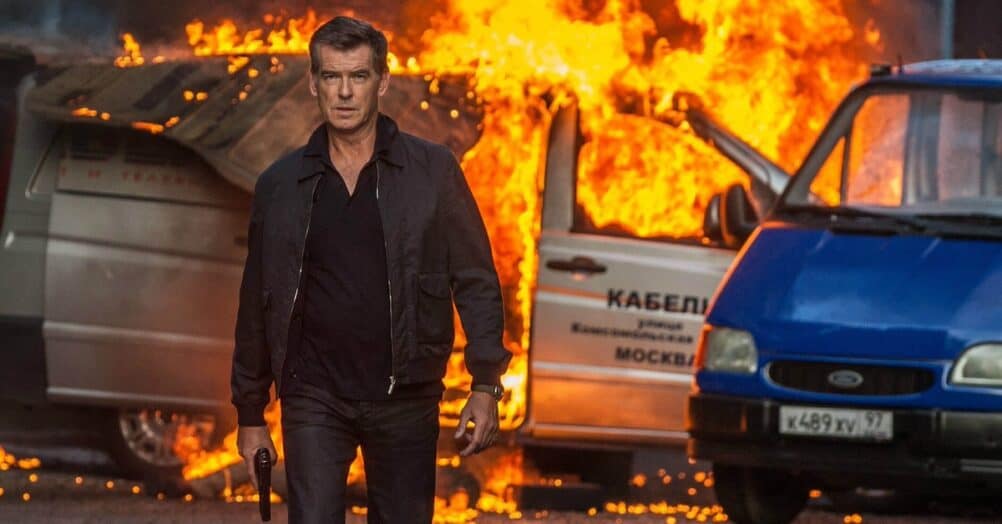
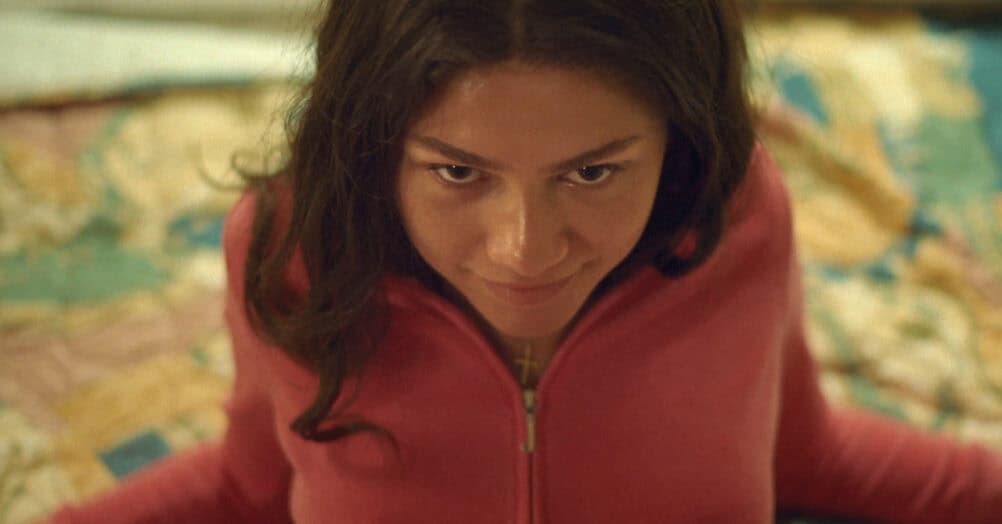
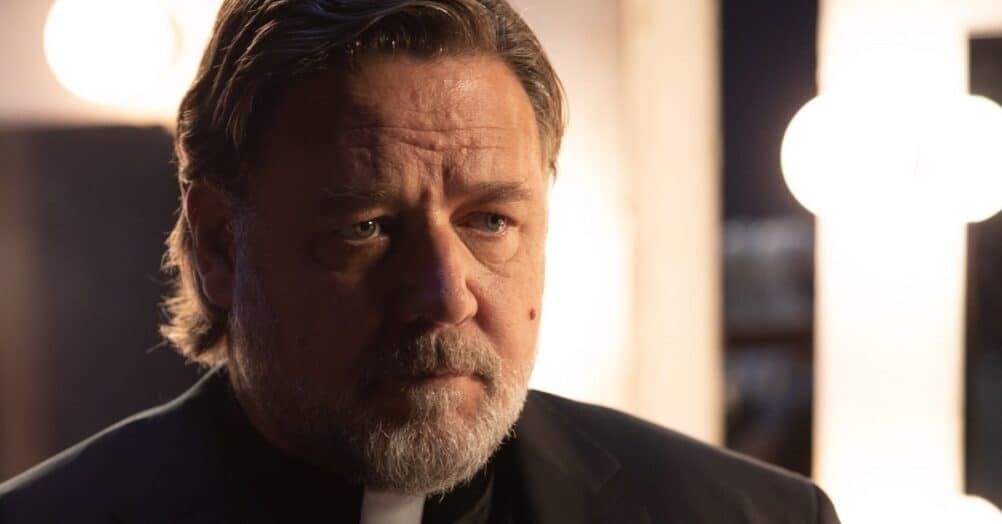

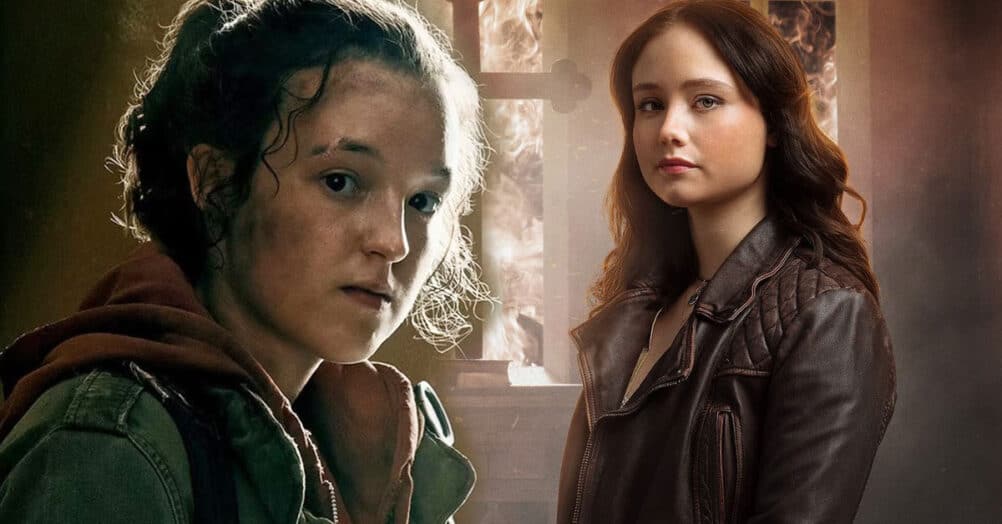
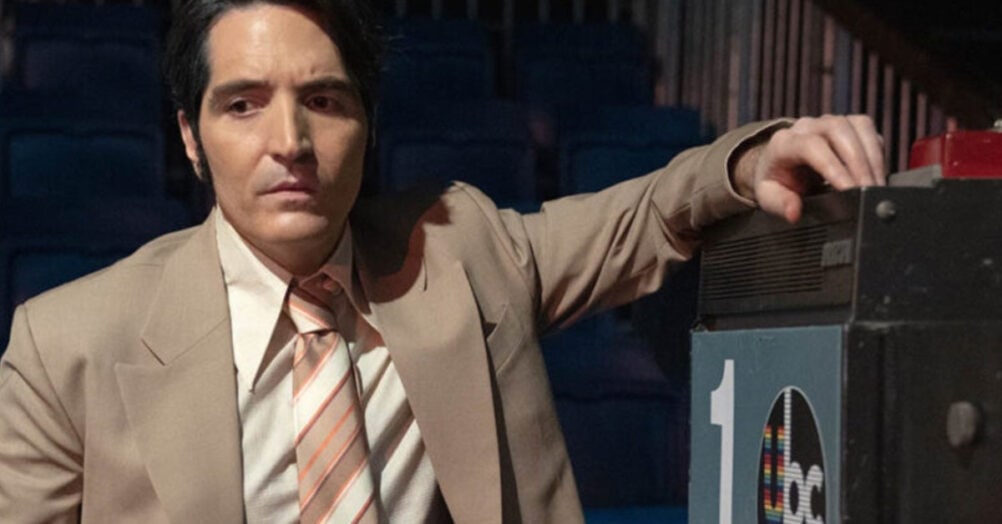
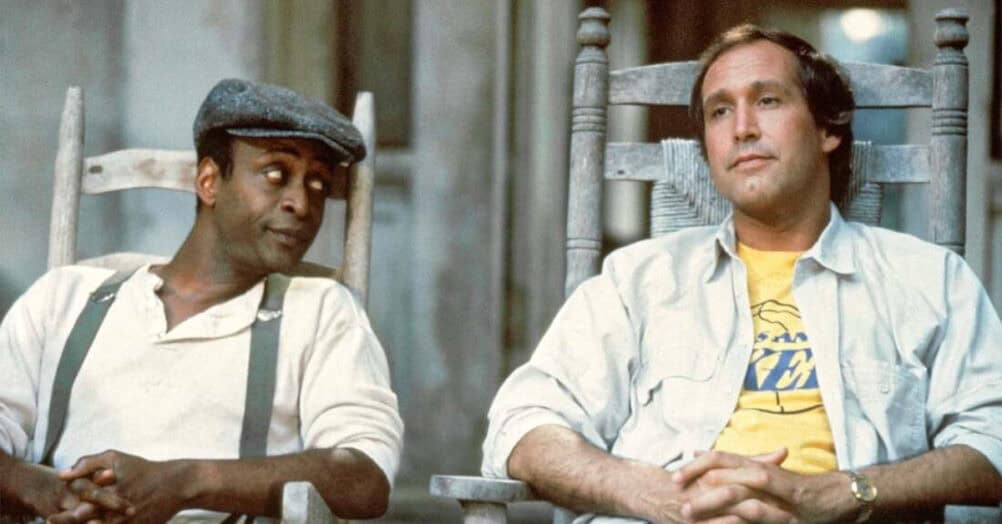
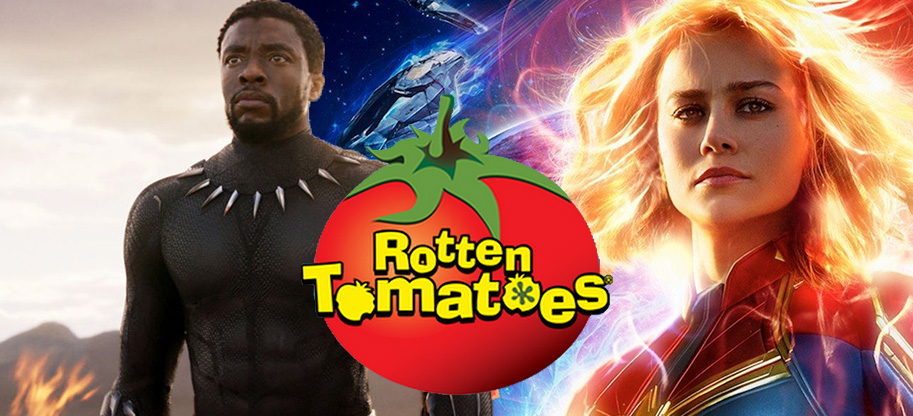
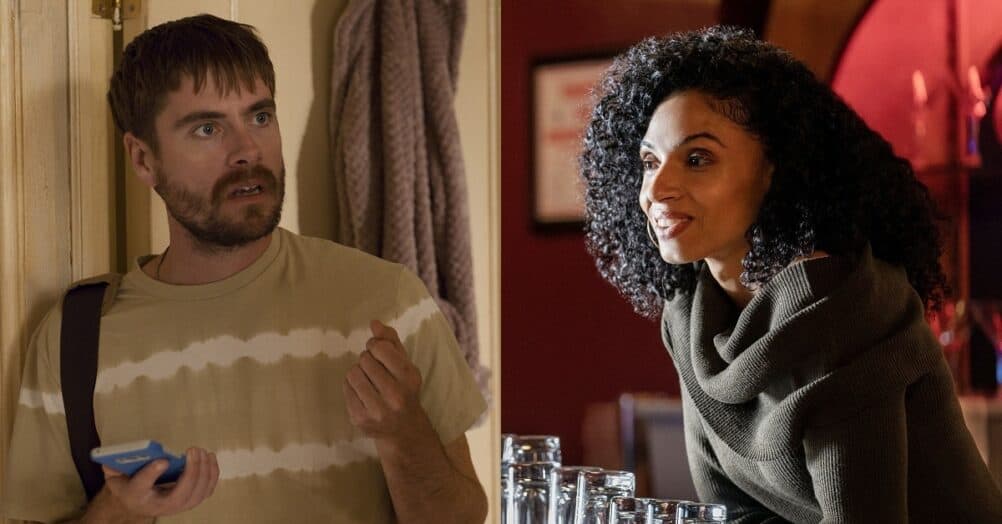
Follow the JOBLO MOVIE NETWORK
Follow us on YOUTUBE
Follow ARROW IN THE HEAD
Follow AITH on YOUTUBE